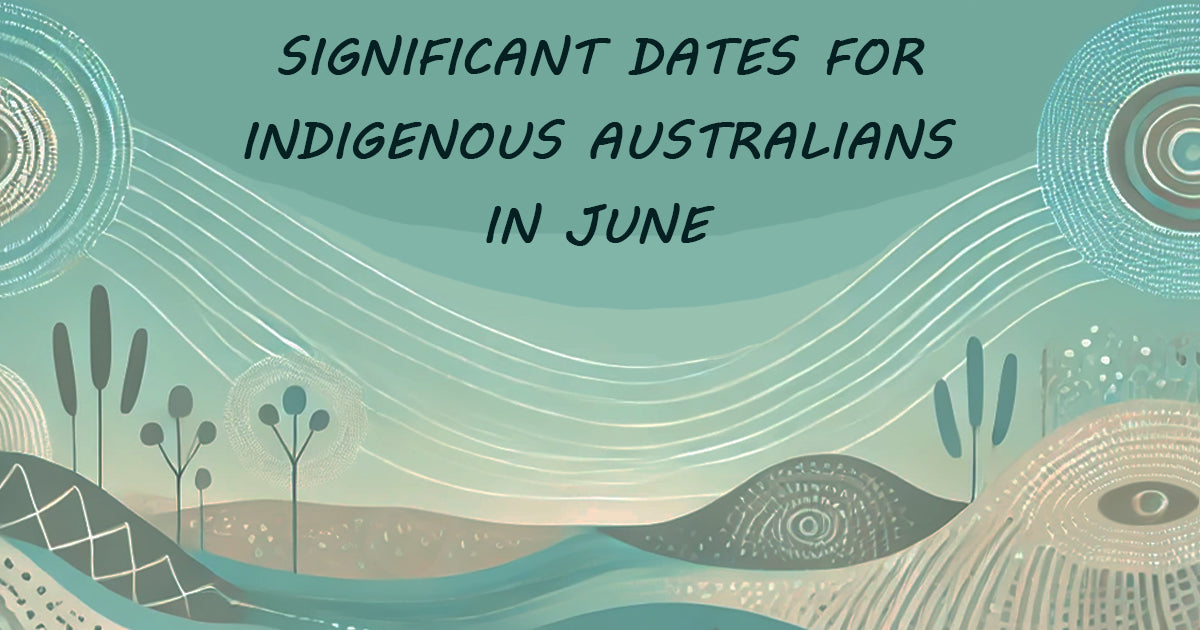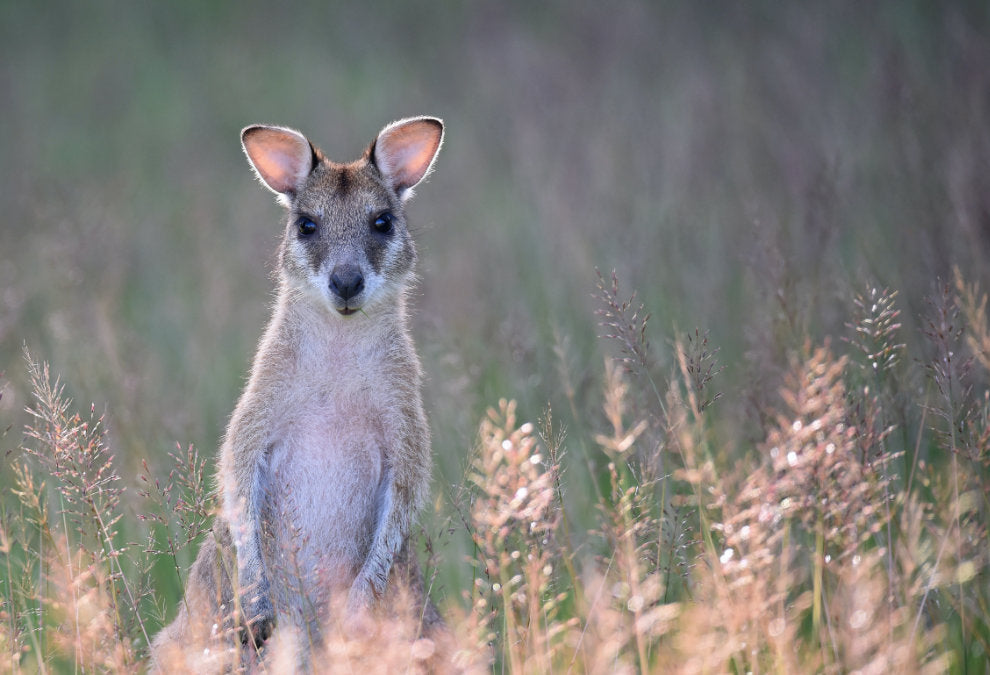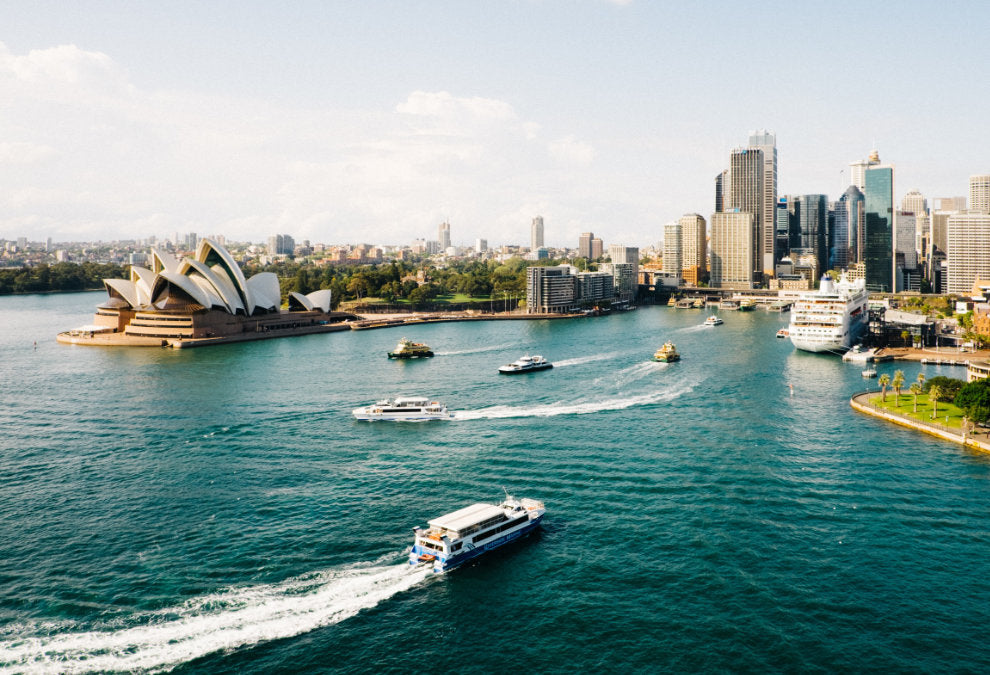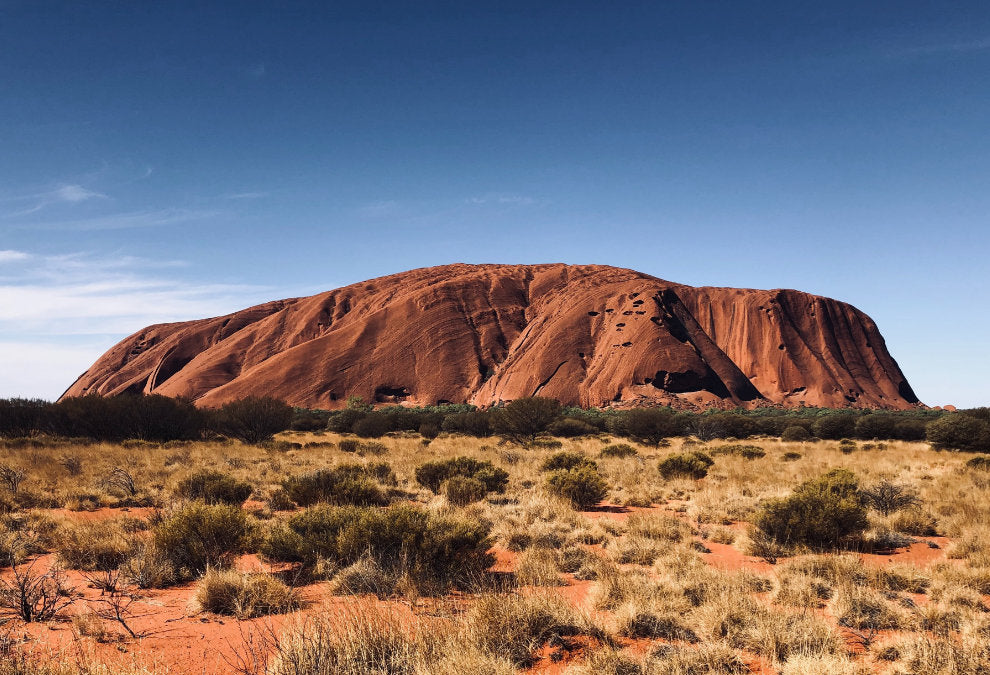
Significant Dates for Indigenous Australians in June
Introduction
From the moment of invasion in 1788, Aboriginal and Torres Strait Islander peoples have resisted colonisation with unwavering strength and courage.
From Bidjigal warrior Pemulwuy’s guerrilla campaigns in the early years of British colonial rule, to the defiance of resistance leaders like Tarenorerer and Tongerlongeter in Lutruwita (Tasmania), First Nations peoples have fought to defend their lands, cultures and sovereignty.
Yet, colonial violence has not remained confined to history. In our own time, the 2007 Northern Territory Emergency Response, commonly known as the NT Intervention, stands as a stark reminder of how state-sanctioned injustice continues. Imposed without consent, and driven by paternalistic assumptions rather than respect, the Intervention stripped Aboriginal communities of fundamental rights, echoing the same disregard for Indigenous autonomy that defined the earliest days of colonisation.
Each anniversary marked in June is not just a memory but a call to reckon with Australia’s past and present, and to honour the enduring resilience of an Indigenous cultural heritage that spans back over tens of thousands of years.
2 June 1802 – Death of Pemulwuy
Pemulwuy, a Bidjigal warrior of the Dharug people, led a 12-year guerrilla resistance against British colonisation in New South Wales from 1788 until his death in 1802.
Marked from birth by a distinctive eye blemish and known as a carradhy (cleverman), Pemulwuy became a revered spiritual leader and skilled fighter. After initially engaging with the colonists as a peacemaker, Pemulwuy turned to resistance in 1790 following continued violence against his people and relentless land encroachments.
Pemulwuy led numerous raids, notably the 1797 Battle of Parramatta, where he survived seven gunshots. Captured and imprisoned, he escaped and continued to resist until he was shot dead in 1802.
After his assassination, Pemulwuy's head was severed and sent to England as a trophy, symbolising the colonial power's brutal victory. Efforts by Pemulwuy's descendants to repatriate his remains continue.
Pemulwuy is an enduring figure of Aboriginal defiance and resilience in the face of colonisation and his legacy continues to inspire calls for justice and recognition.
3 June – Mabo Day
Mabo Day commemorates the landmark 1992 High Court decision that recognised the land rights of Aboriginal and Torres Strait Islander peoples, overturning the legal fiction of terra nullius. Led by Torres Strait Islander Eddie Koiki Mabo, the case acknowledged Indigenous Australians' enduring connection to their lands.
Celebrated annually on 3 June during National Reconciliation Week, Mabo Day honours Mabo’s tireless campaign, supported by fellow plaintiffs James Rice, Father Dave Passi, Sam Passi and Celuia Salee. Though Mabo passed away months before the ruling, his legacy lives on as a symbol of justice and truth.
Calls to make Mabo Day a national public holiday continue, recognising it as a moment of unity and a powerful step forward in Australia's journey toward reconciliation.
5 June 1831 – Death of Tarenorerer
Tarenorerer, a fearless Tasmanian Aboriginal resistance leader of the Tommeginne people, died on 5 June 1831. Captured and enslaved as a teenager, she later returned to northern Tasmania to lead guerrilla campaigns against British colonisers, training her followers in firearm use and ambush tactics. Known to settlers as an "Amazon," she evaded capture for years and became a symbol of resistance.
Feared by colonial authorities, including George Augustus Robinson, the controller of the infamous Aboriginal internment camps on Flinders Island and chief supplier of Aboriginal remains to English “collectors”, she was eventually captured, isolated and died of influenza in detention.
Though largely unrecognised in official history, Tarenorerer's legacy endures as a powerful symbol of Aboriginal resilience and resistance.
5 June 1959 – Birth of Mark Ella
Mark Ella, born on 5 June 1959, is a legendary Indigenous Australian rugby union player who revolutionised the game with his visionary play as flyhalf. Hailing from La Perouse, Sydney, Ella became the first Indigenous Australian to captain a national sports team in 1982.
Capped 25 times for the Wallabies, he led Australia to historic victories, including the 1984 Grand Slam tour of Britain and Ireland, scoring a try in each Test. Known for his strategic positioning, lightning-quick decision-making and superb passing, Ella is widely regarded as one of the greatest flyhalves in rugby history.
He retired at just 25 but continued contributing to sport through coaching and media, notably with NITV. Honoured with multiple Hall of Fame inductions and national awards, Mark Ella’s legacy remains a beacon of excellence and inspiration in Australian sport.
6 June 1835 – John Batman’s Illusory Treaty
On 6 June 1835, John Batman claimed to have signed a treaty with Wurundjeri Elders of the Kulin Nation to acquire land around Port Phillip Bay, modern-day Melbourne. Often romanticised as a peaceful negotiation, the so-called treaty was, in fact, a deceptive attempt to legitimise land theft during colonial expansion.
Batman deliberately misrepresented gift-giving customs as a land sale, despite Aboriginal understandings of land as communal and spiritual, not a commodity. He even admitted to forging the signatures of Wurundjeri leaders.
The British Crown later declared the treaty invalid in 1836, yet Batman and his associates were compensated, while the Wurundjeri people were left dispossessed.
Far from a fair agreement, Batman’s Treaty represents the manipulative and unjust tactics used to take Indigenous land. It stands as a stark reminder of the need to confront colonial myths and honour the enduring rights of First Nations peoples.
10 June 1838 – Myall Creek Massacre
On 10 June 1838, twelve colonists brutally murdered at least 28 unarmed Wirraayaraay people, including women and children, near Myall Creek in northern New South Wales. The victims had sought refuge at a pastoral station and were tied up, led away and slaughtered, mostly with swords, before their bodies were burned.
The massacre led to two landmark trials. The first acquitted all defendants, but a second trial found seven, all of whom were convicts, guilty of murdering a six-year-old child. They were hanged on 18 December 1838, the only time in Australian history that colonists were executed for massacring Aboriginal people.
The convictions sparked colonial backlash. Newspapers like The Sydney Morning Herald defended the killers and called for genocide, fuelling what historian Bruce Elder in his book, Blood on the Wattle called a “conspiracy of silence.” Future massacres went unpunished as settlers covered up crimes and more covert methods like poisoning became common.
Despite a national memorial established in 2000, the Myall Creek Massacre remains a symbol of Australia’s violent colonial past, and the ongoing need to confront uncomfortable truths in the pursuit of justice and reconciliation.
16 June 1936 – Birth of Charles Perkins
Charles Perkins AO, born in Alice Springs on 16 June 1936, was a trailblazing Aboriginal activist and public servant whose life was dedicated to the fight for Indigenous rights in Australia.
He gained national attention for leading the 1965 Freedom Ride, which exposed widespread racial discrimination in regional New South Wales and helped galvanise public support for change.
A key advocate for the successful 1967 referendum, Perkins became the first Indigenous Australian man to graduate from university and later served as Secretary of the Department of Aboriginal Affairs.
Known for his fearless advocacy, Perkins founded Aboriginal Hostels Limited to support Indigenous communities and left a lasting legacy in education, sport and public life. His autobiography A Bastard Like Me and numerous honours, including scholarships and a research centre named in his honour, ensure his impact endures.
Perkins died in 2000, but his legacy remains a powerful symbol of resilience, justice and the ongoing struggle for Indigenous equality in Australia.
20 June 1837 – Death of Tongerlongeter
Tongerlongeter, a revered Tasmanian Aboriginal leader of the Poredareme clan, died on 20 June 1837. As a key figure in the Black War (1823–1831), he led more than 493 guerrilla attacks against British colonists, demonstrating strategic brilliance and fierce resistance to colonial invasion.
Despite the loss of his wife and son and later exile to Flinders Island, Tongerlongeter continued to lead and advocate for his people. Though his grave remains unmarked, his legacy as a warrior and defender of Country is increasingly recognised as a powerful symbol of Aboriginal resilience and the enduring fight for justice, truth and reconciliation.
21 June – 2007 NT Intervention Begins
On 21 June 2007, the Howard Government launched the Northern Territory Emergency Response (NTER), commonly known as the NT Intervention.
Framed as a child protection measure, it was in fact a racially discriminatory policy imposed on Aboriginal communities without consultation or consent.
Sparked by media-fuelled moral panic and the deliberate misrepresentation of the Little Children are Sacred report, which had called for community-led responses, the Intervention instead introduced military enforced punitive controls such as compulsory income management, land seizures, forced health checks and the suspension of the Racial Discrimination Act.
These measures, applied solely to Aboriginal communities stripped away legal rights, community decision-making powers and cultural authority.
Despite costing over a billion dollars, the Intervention failed to improve child safety, education or health outcomes. Instead, it entrenched poverty, trauma and mistrust, reviving colonial paternalism under the guise of protection.
The NT Intervention remains a national shame, and a stark reminder of the harm caused when policy is driven by unconscionable political posturing and a blatant denial of Indigenous self-determination.
30 June 1971 – First National Census to Count Aboriginal and Torres Strait Islander Peoples
The national Census conducted on 30 June 1971 marked the first time that Aboriginal and Torres Strait Islander peoples were officially counted as part of the Australian population.
Until the 1967 referendum, Section 127 of the Constitution explicitly excluded “Aboriginal natives” from population counts. The referendum’s overwhelming support signified a national call for change, but it was not until the 1971 Census that this change was put into practice.
Although the method of classification - via a question about "racial origin" - reflected outdated thinking, the act of inclusion itself was a watershed moment. It signalled a growing recognition of First Nations peoples as citizens entitled to full participation in the nation’s social and political life, and remains a symbol of the long road toward justice, equality and self-determination.
Conclusion
The stories remembered in June, from the death of Pemulwuy in 1802 to the launch of the NT Intervention in 2007, span more than two centuries, yet they are linked by a common thread: the ongoing struggle by Aboriginal and Torres Strait Islander peoples for the recognition of their rights, voices and sovereignty.
Whether through the violence of frontier massacres, the deceptive land grabs masked as treaties, or the modern policies that continue to disempower Indigenous communities, these acts reflect a long and continuing legacy of colonial control.
But they also reveal something even more powerful, the strength, resistance and resilience of First Nations peoples. From the fight for land rights led by Eddie Mabo, to the activism of Charles Perkins, to the communities still calling for justice and healing from the harms of the Intervention, the movement for truth, recognition and self-determination remains alive and urgent.
As we remember these events, we must commit not just to commemoration, but to action, listening to Indigenous voices, supporting community-led solutions, and ensuring the injustices of the past are never repeated.












